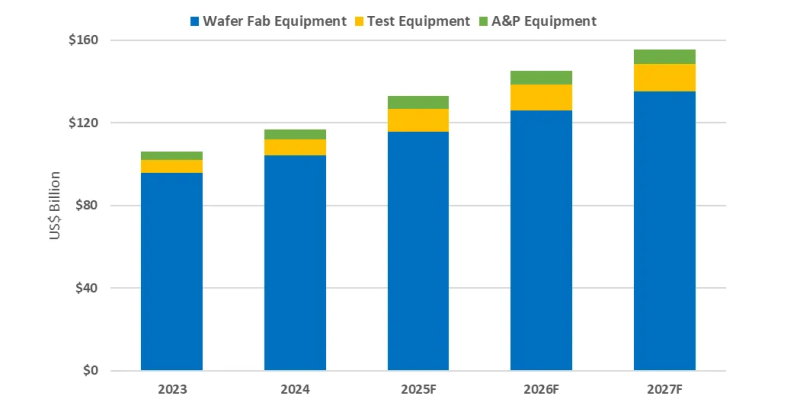“The forces that shape the capex cycle have not changed,” says Dell’Oro vp Stefan Pongratz, “operators can raise capital intensities over the short-term, but there is a reason the trend line has stayed flat over the past 10+ years. Since we are now operating at elevated ratios, capex acceleration remains a transitory phenomenon in a world where neither 4G nor 5G has been able to change the revenue trajectory.”
Global telecom capex is projected to decline at a 2% CAGR over the next three years, as positive growth in India and stable trends in Europe will not be enough to offset steeper capex deceleration in North America.
In the US, the transition towards steady-state conditions will weigh on wireless activity, leading to a 25 to 30% reduction over the next three years.
Given the highly unlikely prospect of a change in the current revenue trajectory and the expectation of flat operator top-line growth, capital intensity ratios are on track to approach 16% by 2025, slightly below the current trendline.
Stay up to date with the latest in industry offers by subscribing us. Our newsletter is your key to receiving expert tips.

Powered by AI demand and booming memory sales, the semiconductor industry surpassed records with $216.3 billion Q3 revenue, races toward $800 billion in 2025, as growth broadens.Global semiconductor r

Worldwide semiconductor equipment sales are projected to grow 13.7 percent in 2025, reaching a record 133 billion dollars, Semi announced at Semicon Japan. This momentum is expected to continue throug

The smartphone industry is facing considerable cost challenges in 2026 amid ongoing memory supply shortages and rising prices. This situation is expected to lead to a 1.6% decrease in annual shipments